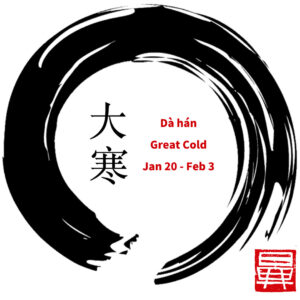
western medicine:
The Foundation of Mobility: Ankle Health from a Western Medical Perspective
In the journey towards overall well-being and mobility, the ankles often play an under-appreciated role. These remarkable joints bear the weight of our entire body, providing stability, flexibility, and support for every step we take. From walking and running to dancing and jumping, the ankles are crucial to our daily activities. In this blog post, we will explore ankle health from a Western medical perspective, focusing on its anatomy, common injuries, preventive measures, and treatments.
The Anatomy of the Ankle:
Before delving into ankle health, let’s understand the complex anatomy of this essential joint. The ankle joint is where the tibia and fibula (bones of the lower leg) meet the talus bone of the foot. It’s a hinge joint that allows for dorsiflexion (pointing the foot upwards) and plantarflexion (pointing the foot downwards). Surrounding the joint, there are ligaments, tendons, and muscles that work in unison to stabilize and facilitate movement.
Common Ankle Injuries:
Preventive Measures for Optimal Ankle Health:
Taking proactive steps to safeguard ankle health can help prevent injuries and ensure better mobility:
Treatment Options:
Our ankles are the unsung heroes of our mobility, enabling us to carry out our daily activities with grace and ease. Understanding the importance of ankle health from a Western medical perspective can empower us to take better care of these vital joints. By following preventive measures, seeking early treatment for injuries, and incorporating ankle-focused exercises, we can support our ankles and ensure they continue to serve us well throughout our lives. Remember, a little attention to ankle health today can lead to a lifetime of mobility and active living tomorrow.
Chinese medicine:
In the holistic realm of Traditional Chinese Medicine (TCM), health is viewed as a delicate balance between various internal and external factors. Ankle health, in particular, plays a vital role in maintaining overall well-being and harmonious movement. Drawing upon ancient wisdom and holistic approaches, this blog post explores ankle health from a Chinese medical perspective, delving into the energetic meridians, common imbalances, preventive measures, and traditional remedies to foster robust and harmonious ankles.
The Energetic Meridians and Ankle Health:
In TCM, the body is traversed by a network of energetic meridians through which Qi (vital life force) flows. The ankle is influenced primarily by the Kidney and Bladder meridians, which are considered key players in maintaining proper ankle function and strength. These meridians are interconnected with other systems in the body, and imbalances in their flow can lead to ankle issues.
Common Ankle Imbalances:
Preventive Measures for Optimal Ankle Health:
According to TCM principles, prevention is the cornerstone of good health. To promote ankle well-being, consider the following practices:
Traditional Remedies for Ankle Health:
TCM offers a treasure trove of natural remedies to address ankle issues and enhance overall vitality:
From the perspective of Traditional Chinese Medicine, the ankles embody the principles of balance and interconnectedness that are essential to overall health. By understanding the energetic meridians influencing ankle health and adopting preventive measures aligned with TCM principles, we can nurture our ankle’s well-being and maintain harmonious mobility. Embracing natural remedies and TCM practices, we can unlock the potential for long-lasting ankle health, supporting us on the journey to holistic well-being and a more harmonious existence. Please book an appointment sooner than later, if you are concerned about your ankle health! 🙂
Share this Page: